
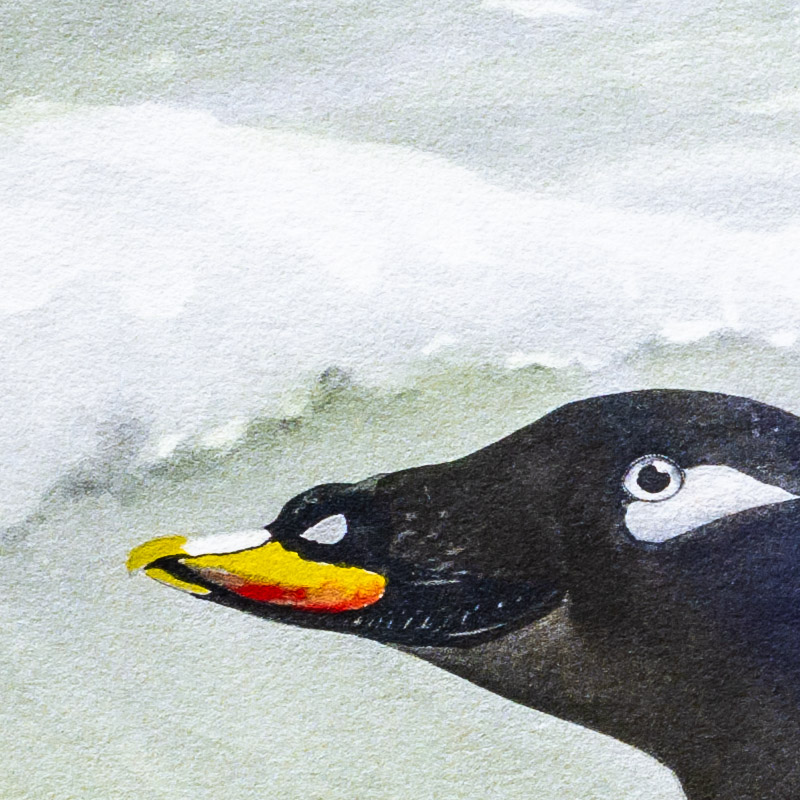
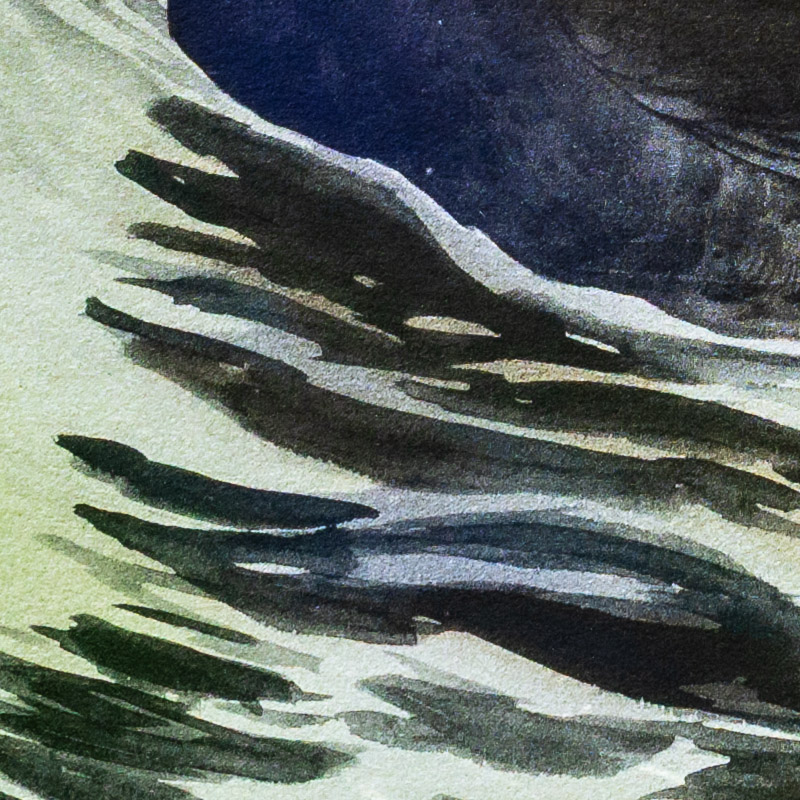
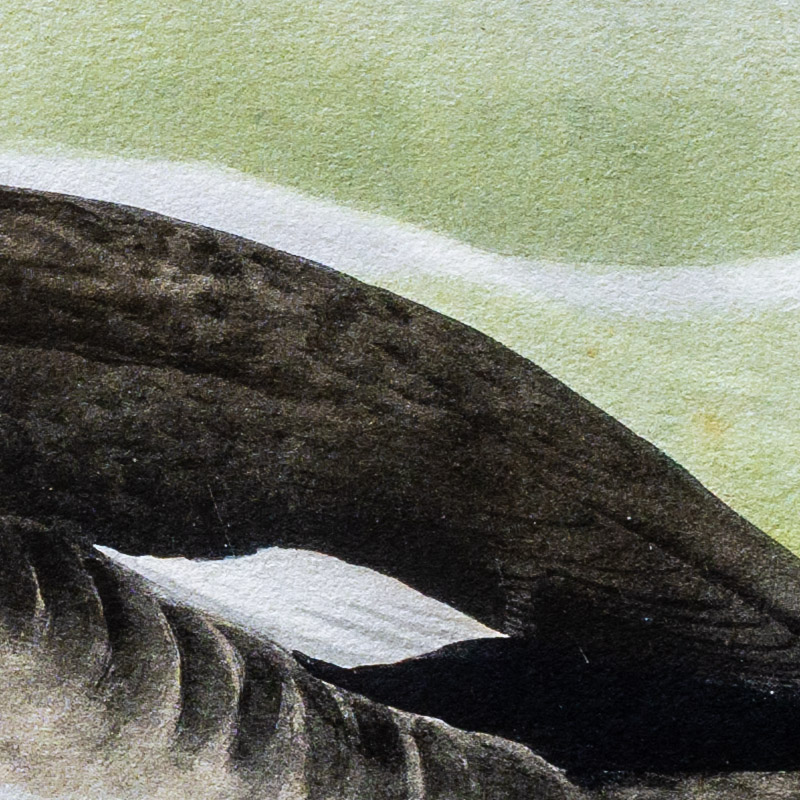
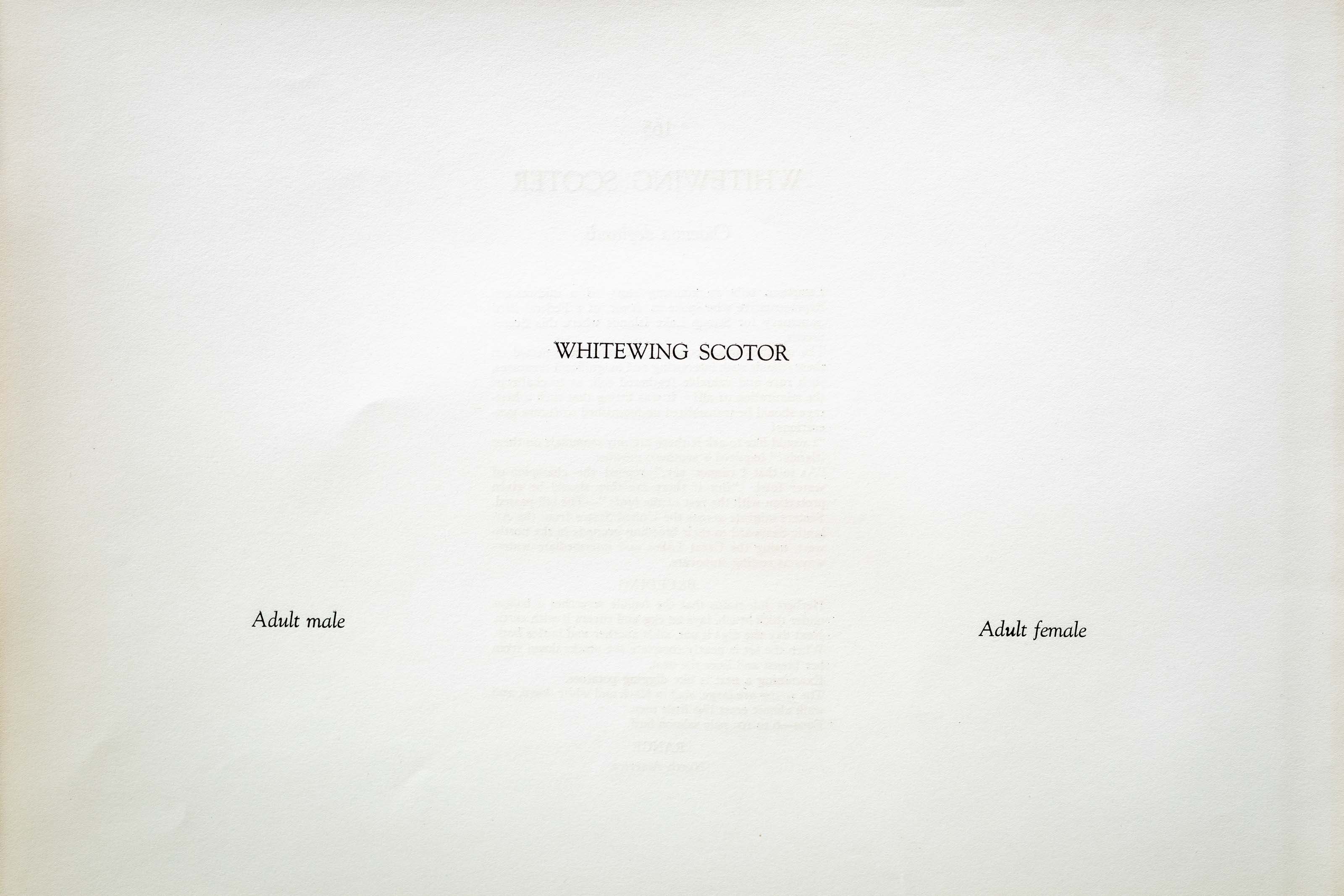
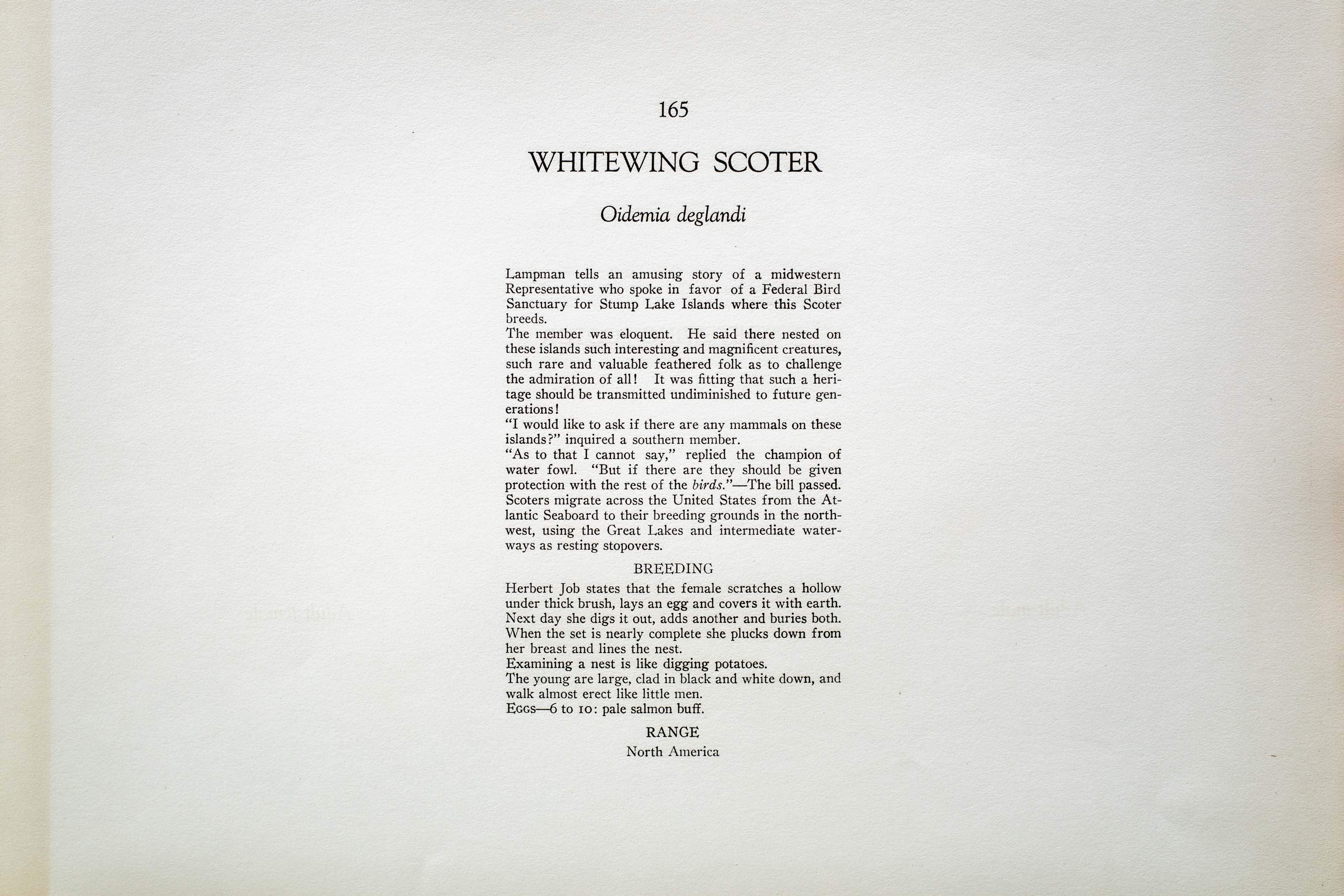

1914
1930
3
165
A team of dedicated board members, volunteers, and student interns has published every page in Volume 9. This volume includes 360 images of paintings and lyrical descriptions of birds, now available online for everyone to enjoy anywhere in the world. This is a monumental task. Each volume requires approximately 400 hours to photograph, edit, transcribe, catalog, and publish online. We need your support to complete this work.
If you're tech-savvy, have a good eye, are meticulous with details, and love structured data, please consider volunteering by emailing us at hello@rexbrasher.org.
We encourage all bird lovers and supporters to consider a monetary donation to support our mission to make Rex's work available for everyone. You can provide a one-time or recurring donation online.
Lampman tells an amusing story of a midwestern Representative who spoke in favor of a Federal Bird Sanctuary for Stump Lake Islands where this Scoter breeds.
The member was eloquent. He said there nested on these islands such interesting and magnificent creatures, such rare and valuable feathered folk as to challenge the admiration of all! It was fitting that such a heritage should be transmitted undiminished to future generations!
"I would like to ask if there are any mammals on these islands?" inquired a southern member.
"As to that I cannot say," replied the champion of water fowl. "But if there are they should be given protection with the rest of the birds." — The bill passed. Scoters migrate across the United States from the Atlantic Seaboard to their breeding grounds in the northwest, using the Great Lakes and intermediate waterways as resting stopovers.
Herbert Job states that the female scratches a hollow under thick brush, lays an egg and covers it with earth. Next day she digs it out, adds another and buries both. When the set is nearly complete she plucks down from her breast and lines the nest.
Examining a nest is like digging potatoes.
The young are large, clad in black and white down, and walk almost erect like little men.
EGGS — 6 to 10: pale salmon buff.
North America.